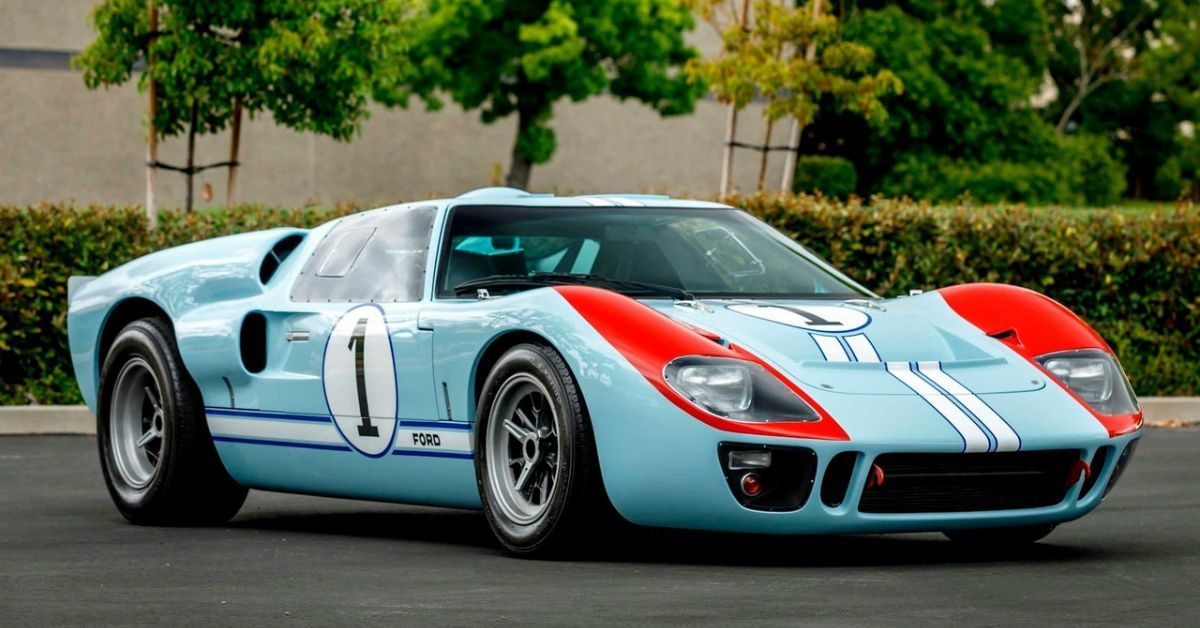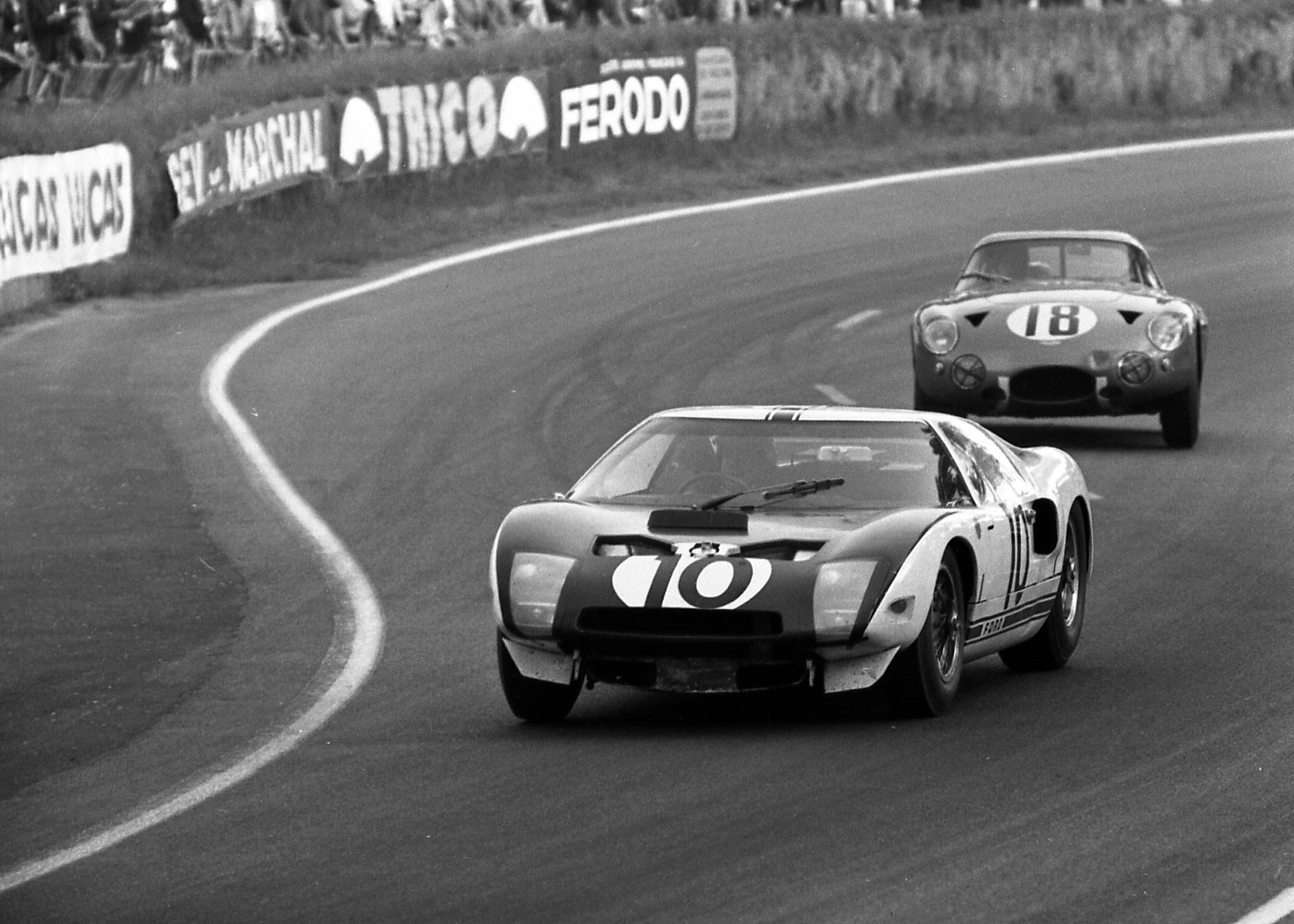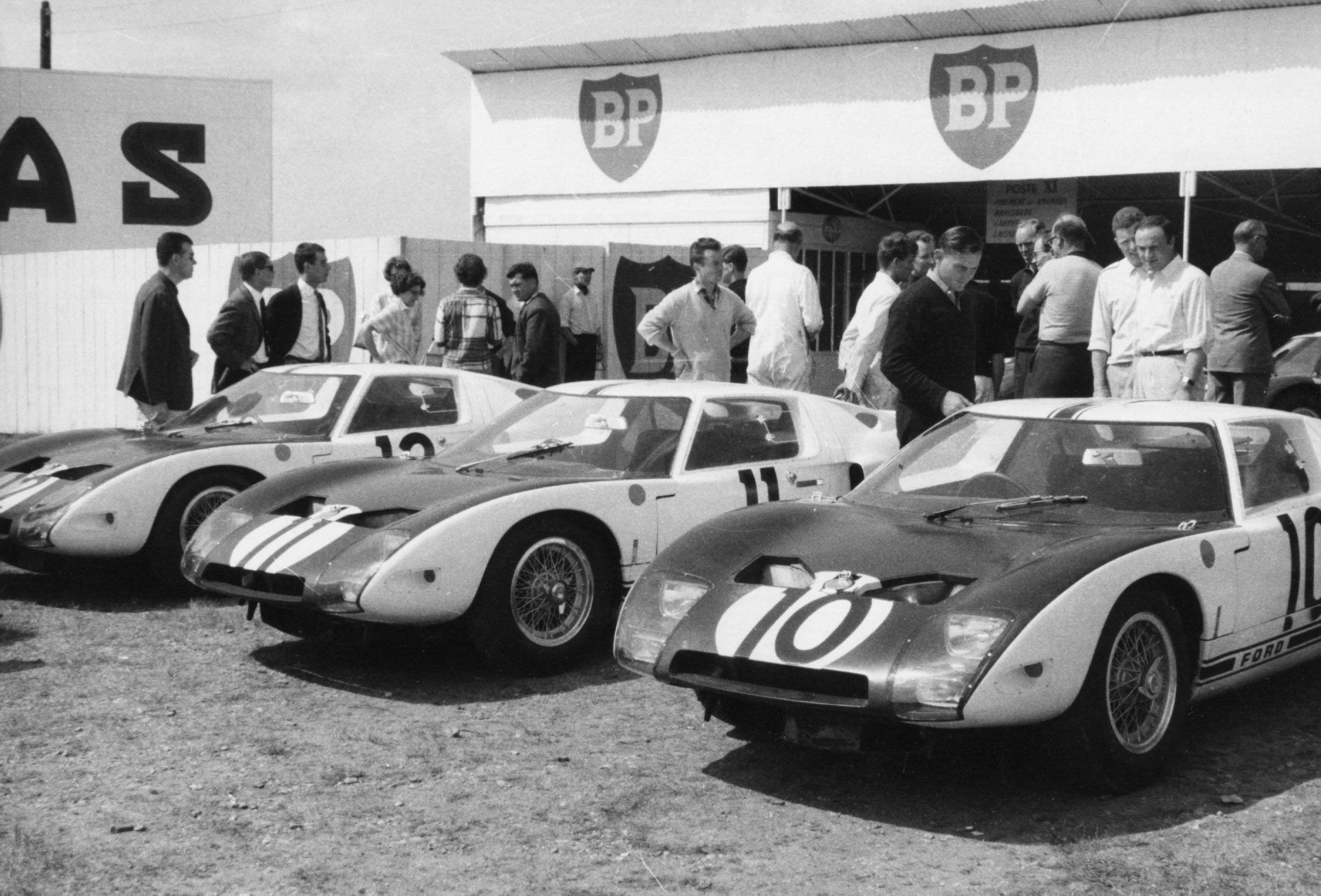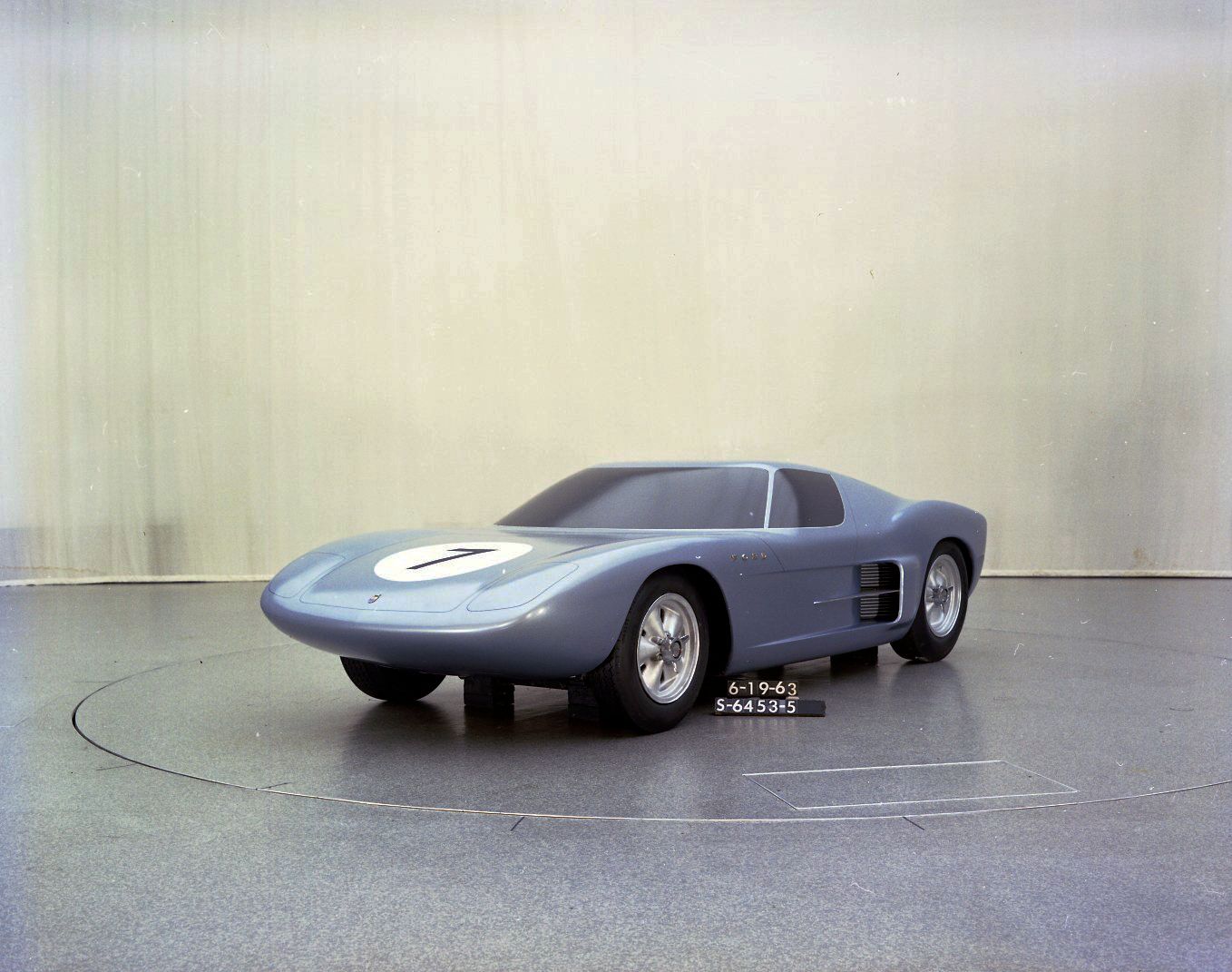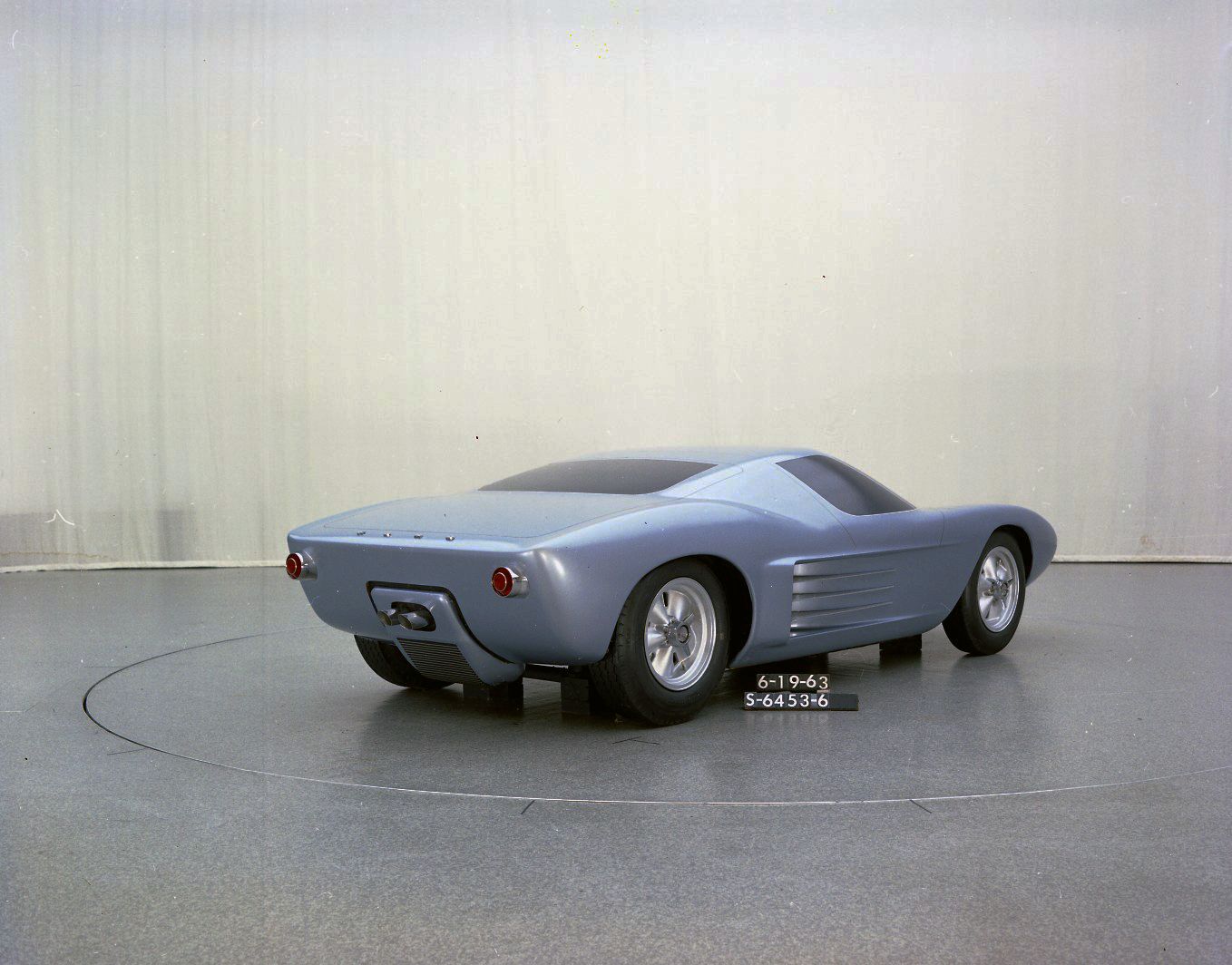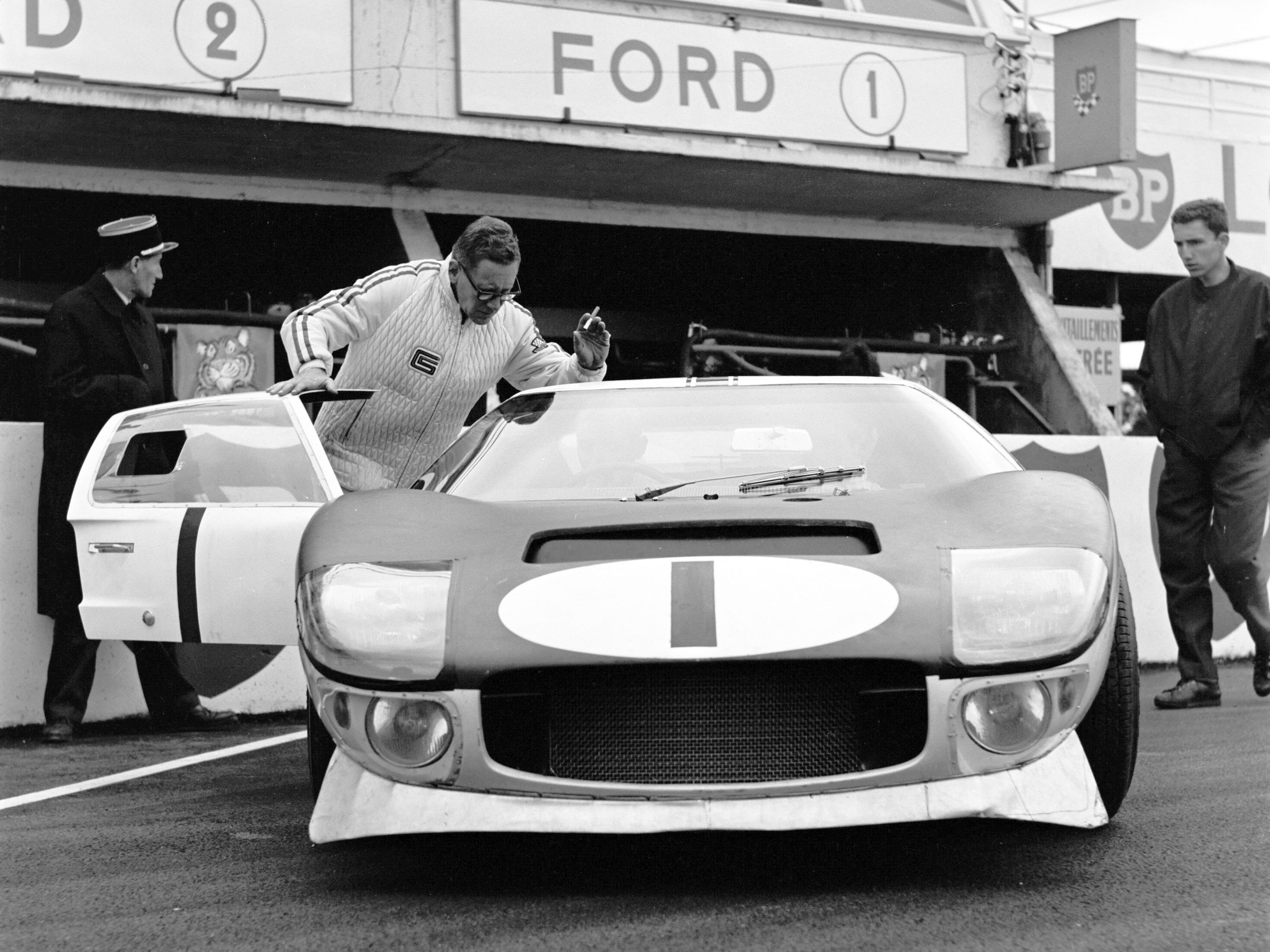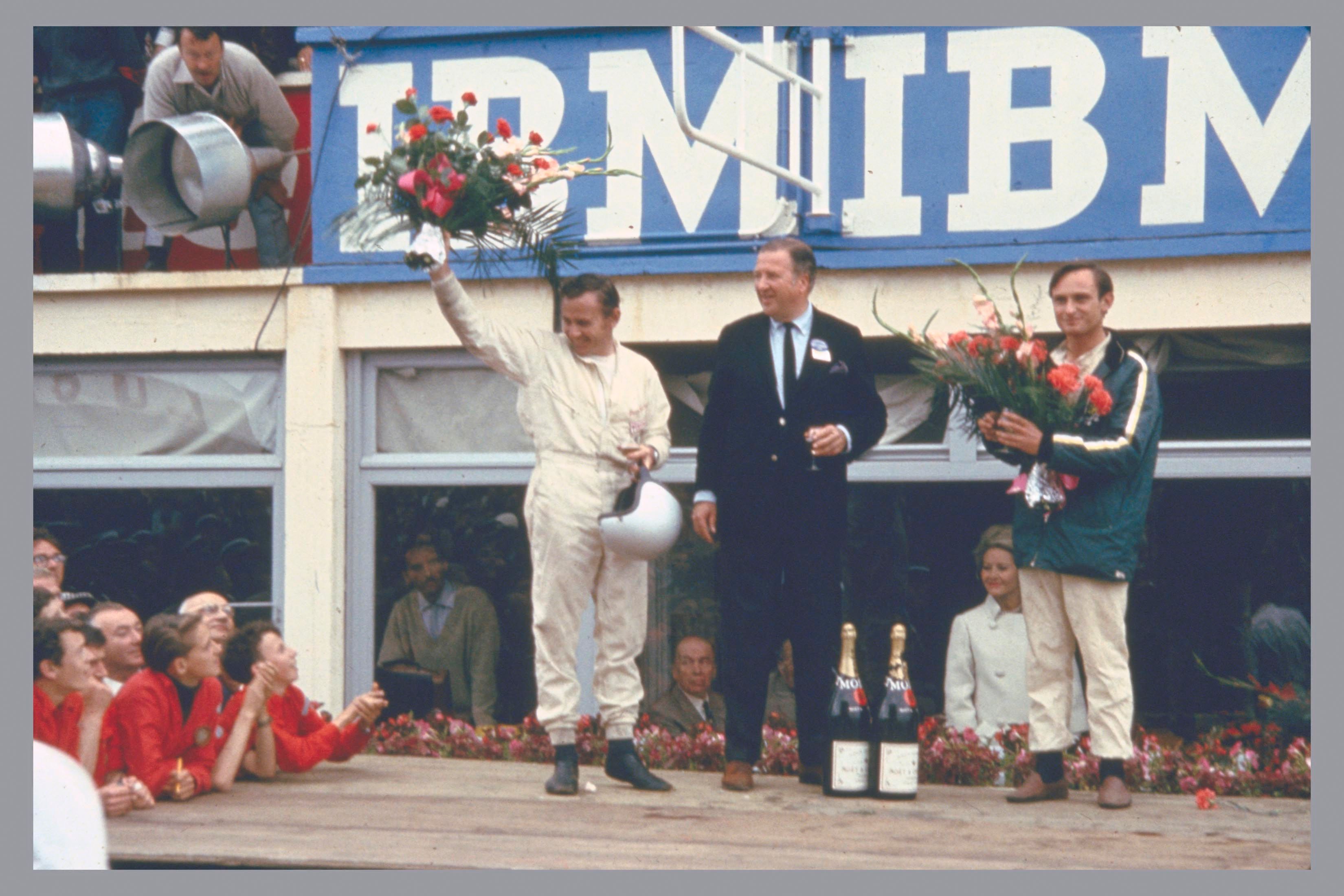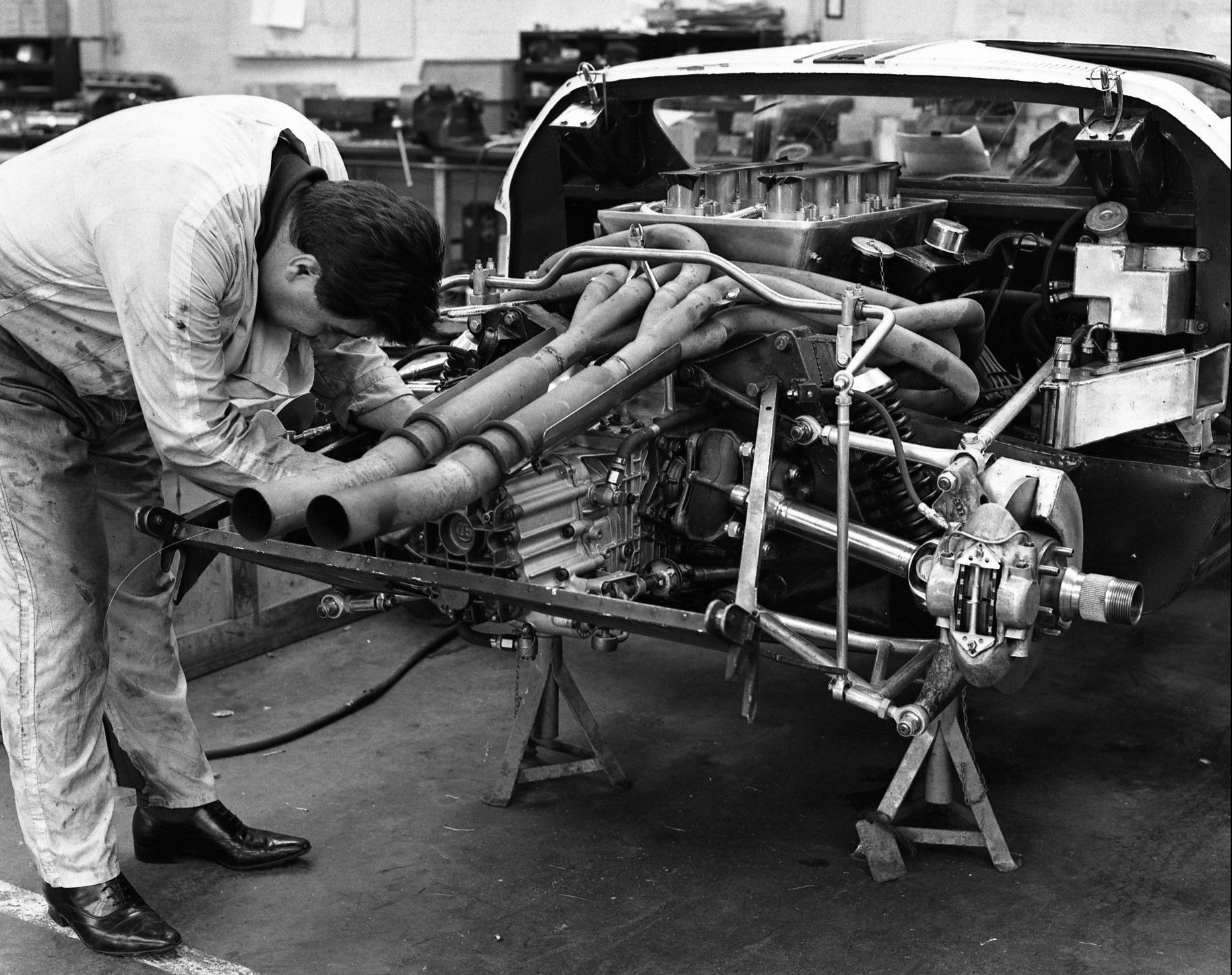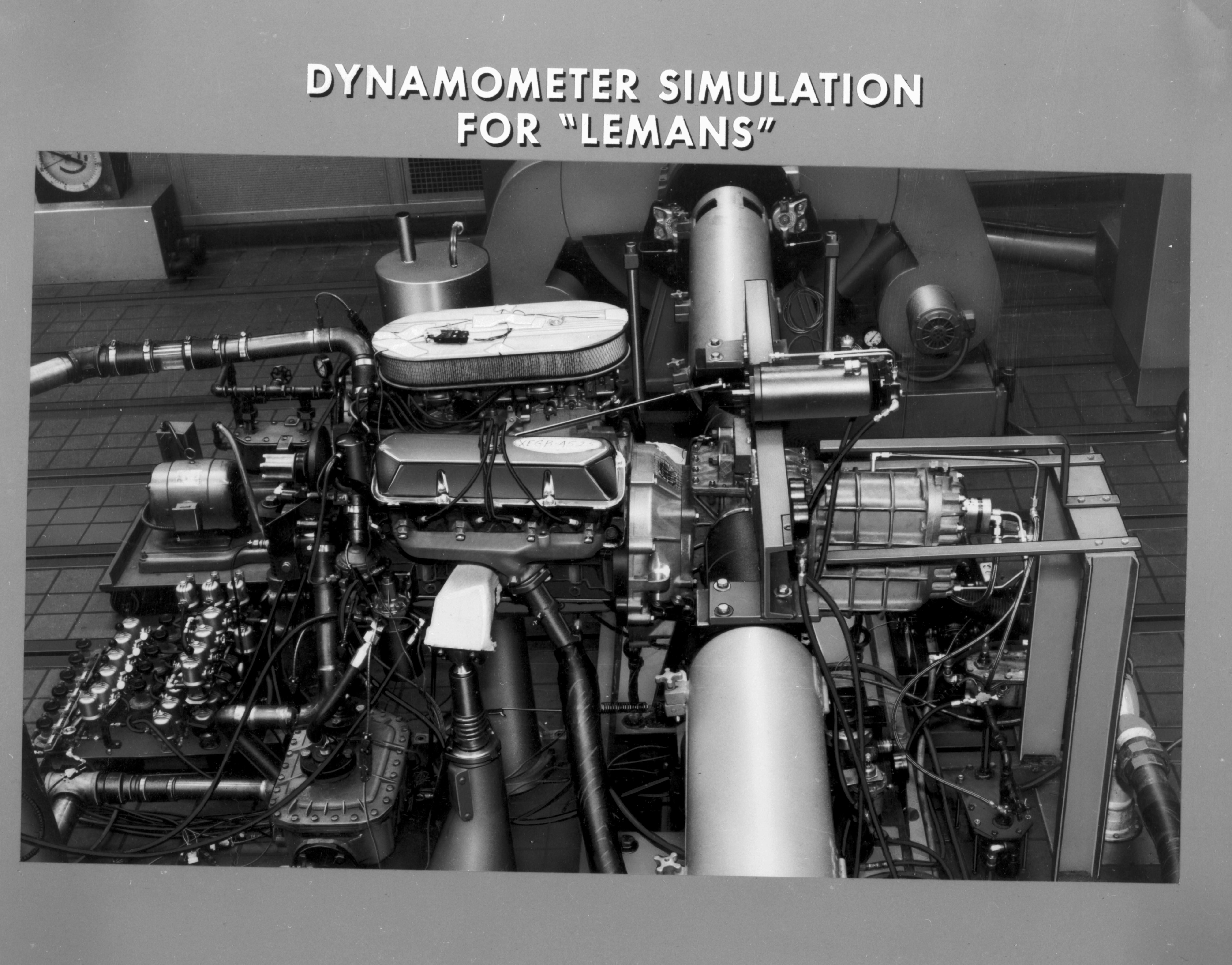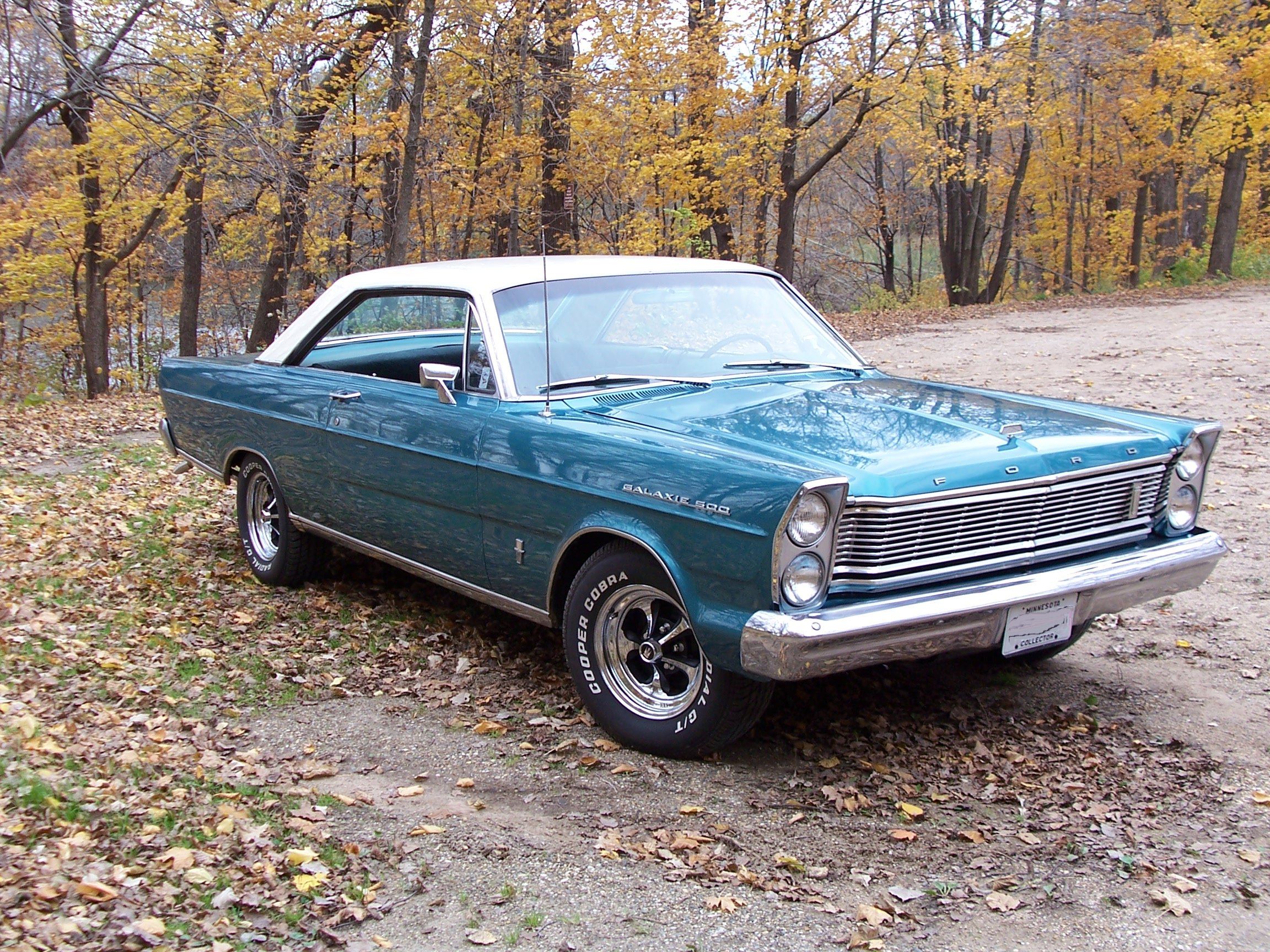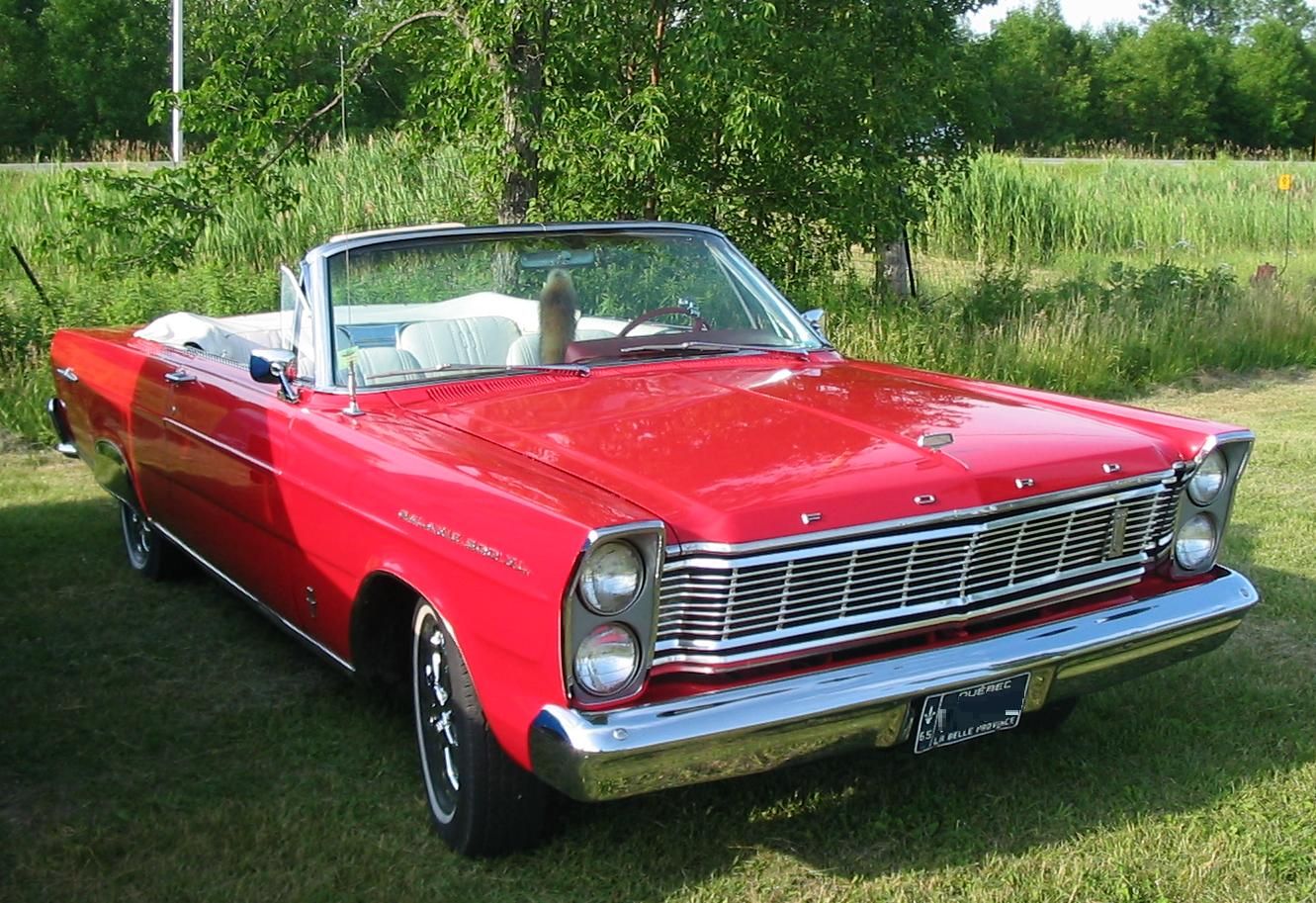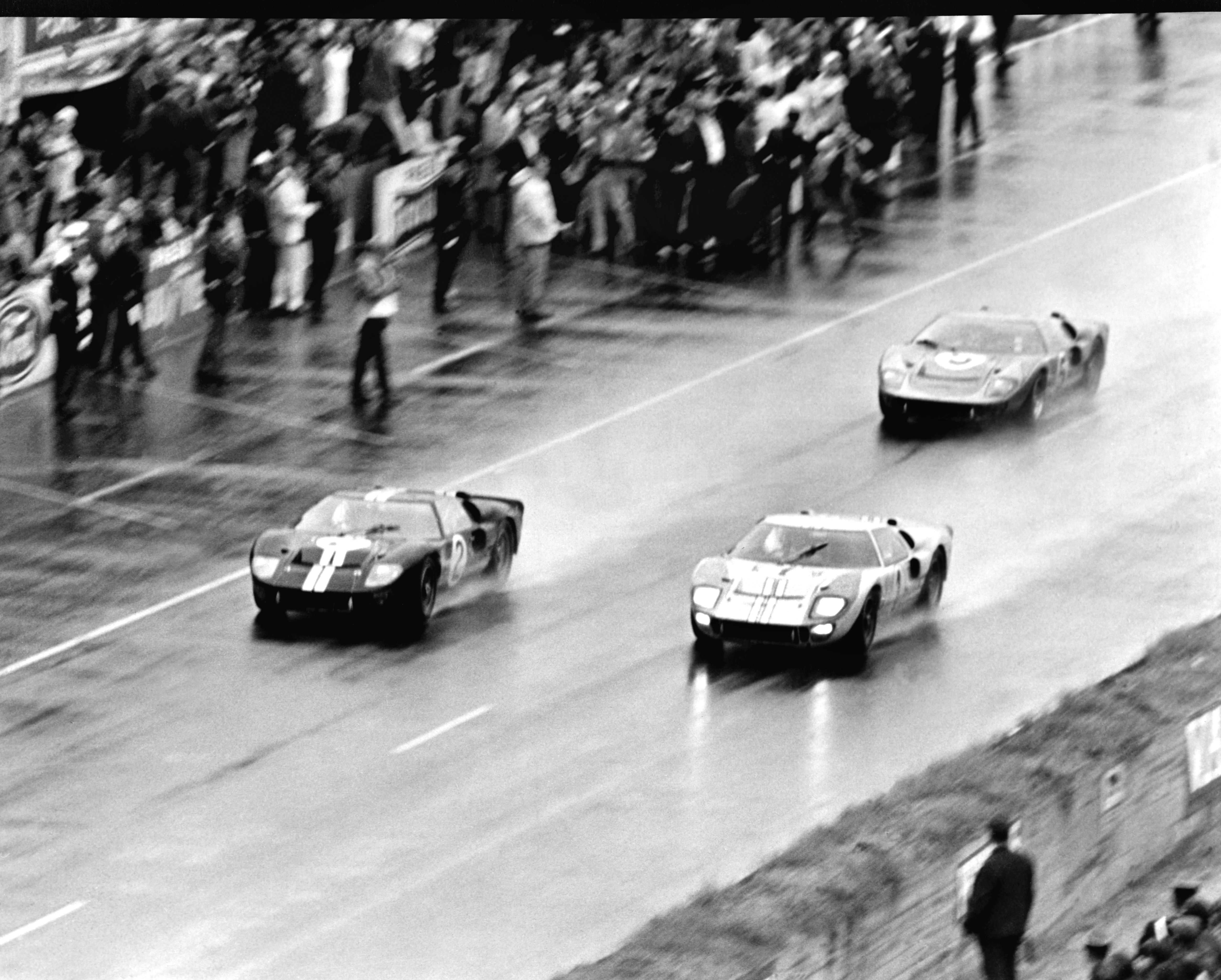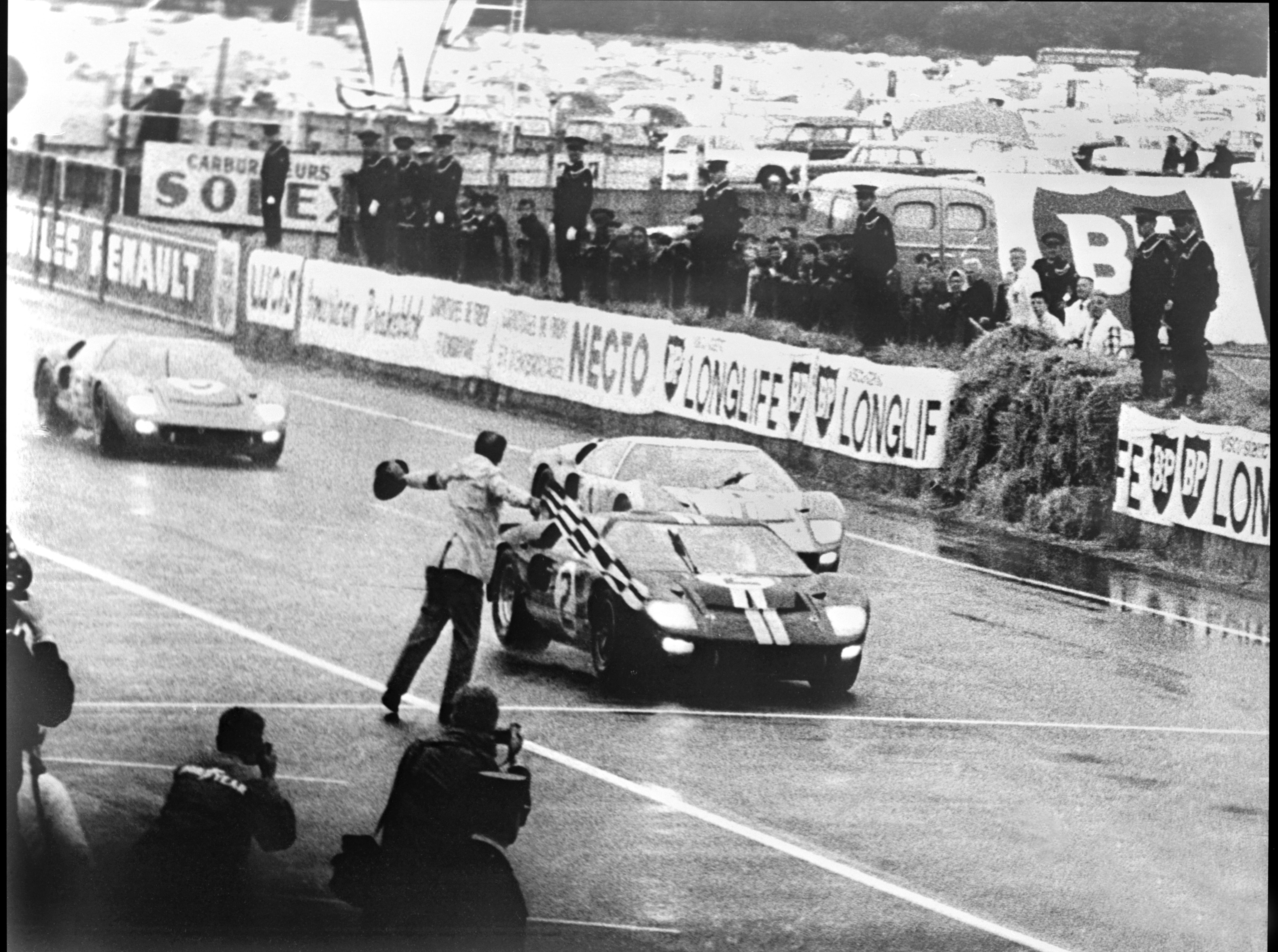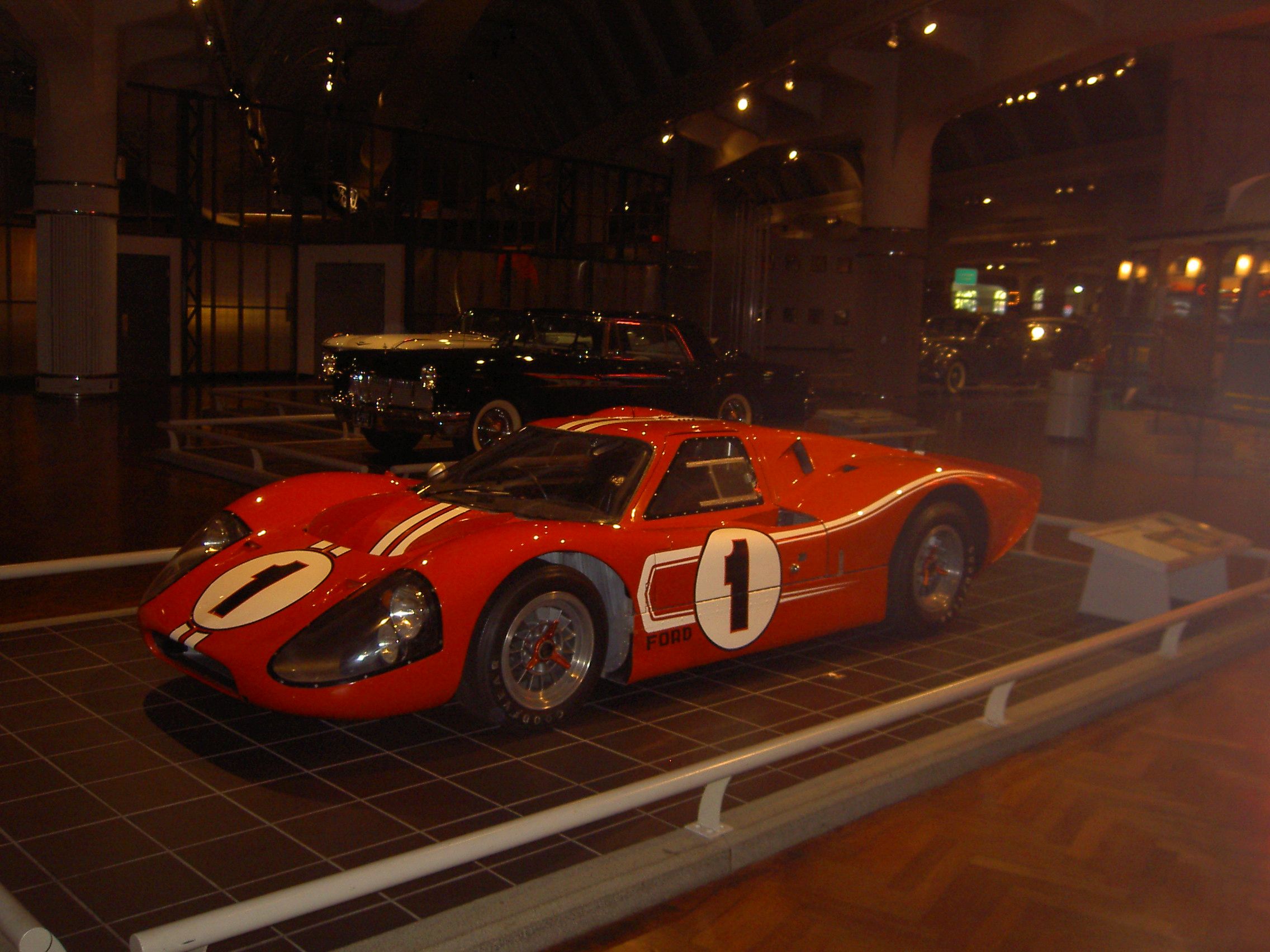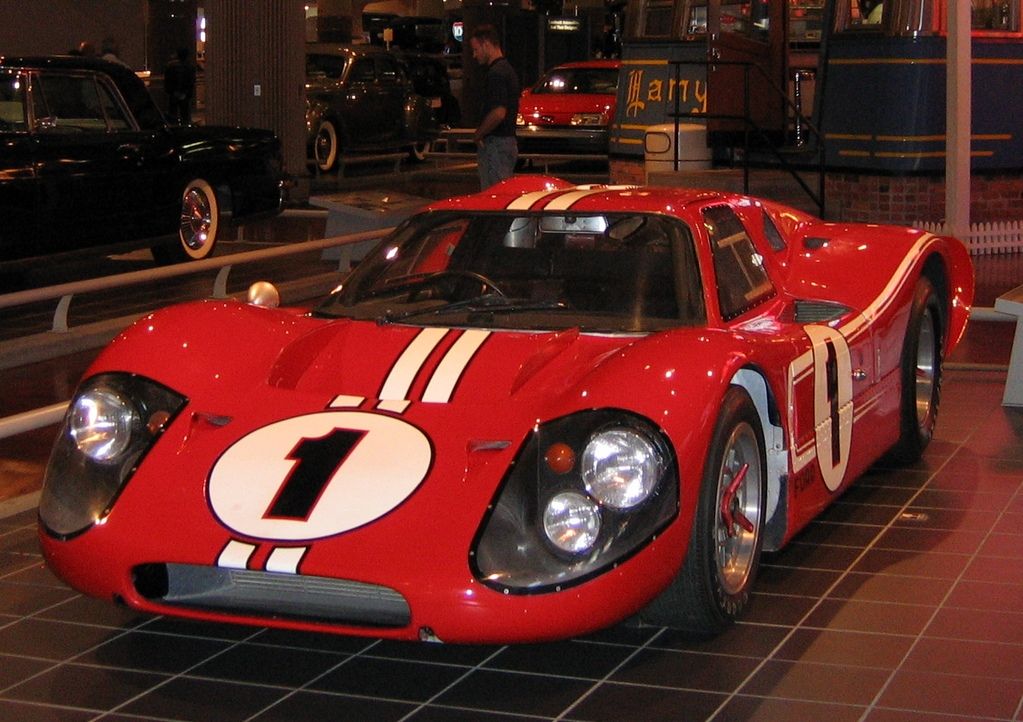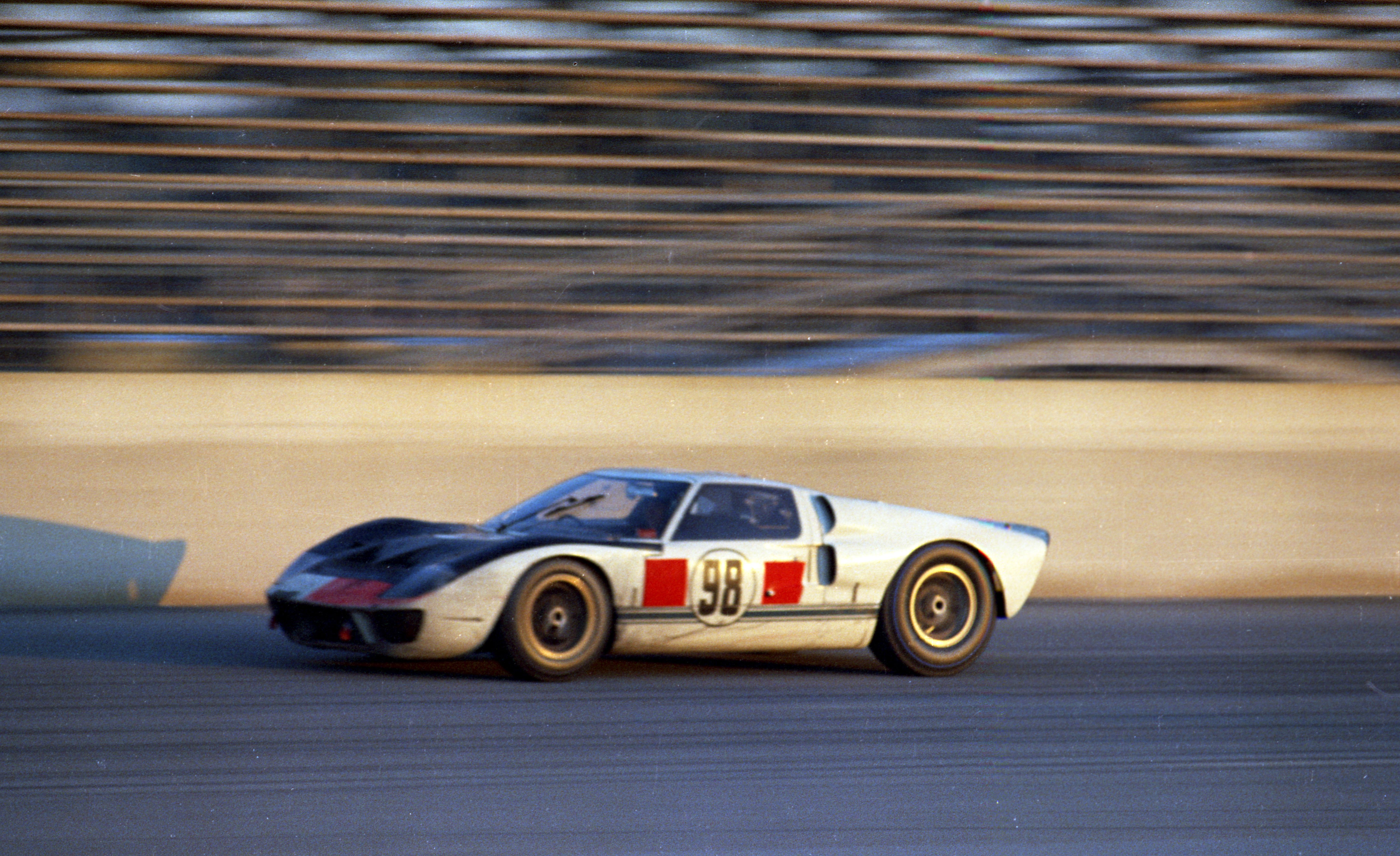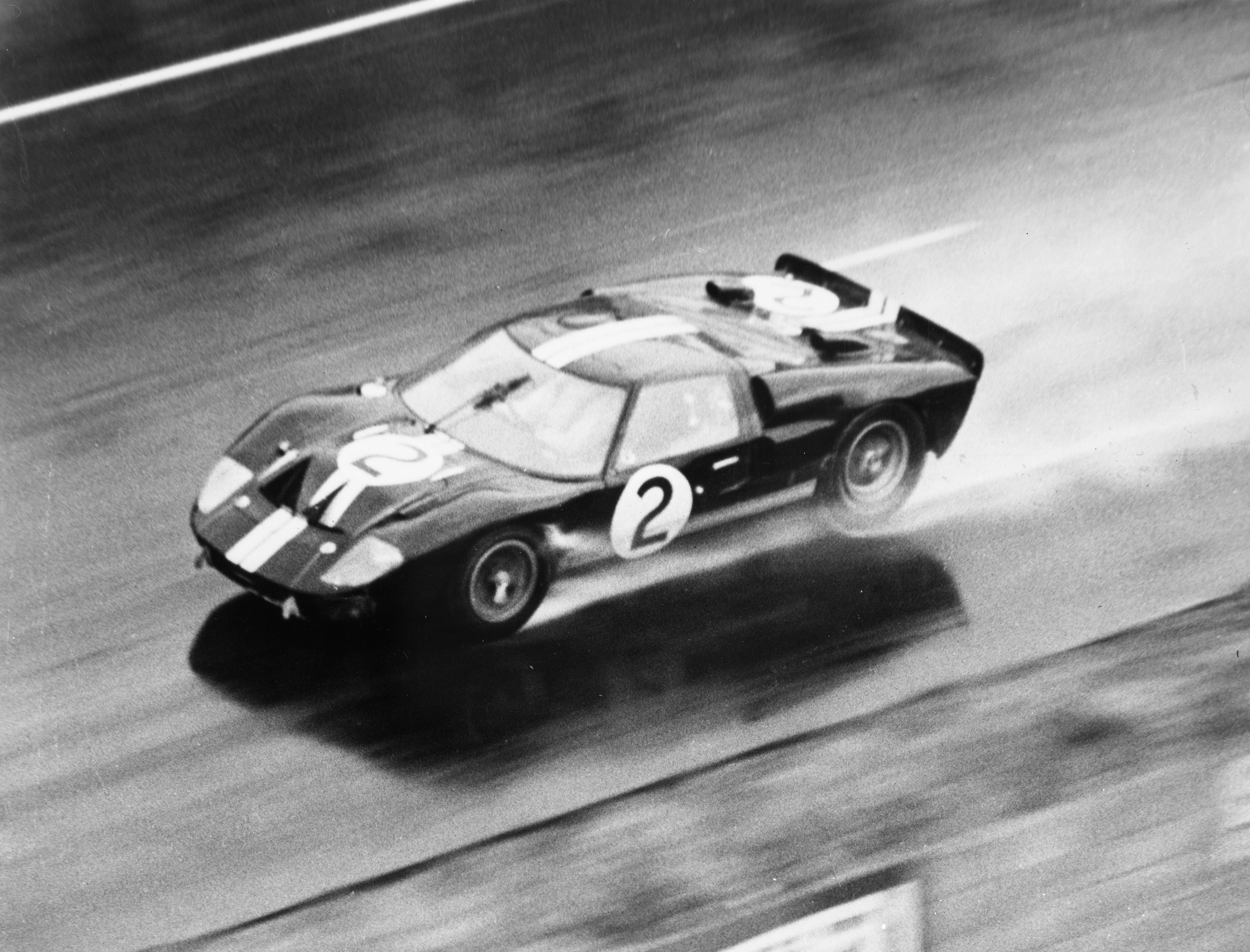The Ford GT40 is one of the most famous and well-documented sports cars of all time. While the car's performance was extraordinary, it’s the legendary rivalry between Ford and Ferrari that made the fans interested in the GT40’s interesting history. The rivalry was so epic that it inspired books, and more recently, the "Ford v Ferrari" movie that won 2 Oscars.
So, let's get the elephant out of the room. Ford was working on a new advertisement campaign. Named “Total Performance”, this campaign was aimed at the emerging wave of baby boomers. In May 1963, Ford approached Ferrari for a merger. At the time, Ferrari was struggling and faced bankruptcy. After a long and tough 22 days of intense negotiating, all hell broke loose. Enzo Ferrari was furious about budget limits to the racing teams and thought this was done to limit his powers as a racing manager. After marking two words out of the proposition, he voiced his concerns in a rather colorful language. Enzo Ferrari’s personal secretary Franco Gozzi said that some of the insults Enzo used were of the “you wouldn’t find in any dictionary” kind.
This was the starting point of the storied rivalry between Ford and Ferrari. After the Ford delegation returned home empty-handed, Henry Ford II wanted to build a car that would beat Ferrari. The responsibility of creating a new sports car fell to the shoulders of a newly formed sister company; Ford Advanced Vehicles. But victory came much later.
Let’s take a deeper look at the interesting history and forgotten facts of this legendary machine.
8 The First 3 Generations Were Designed And Built In England
Ford had an existing relationship with Lola, as Lola was using a Shelby-modified Ford Windsor V8 on their groundbreaking GT car, the Lola Mk6. Ford proposed a deal to Lola, and Lola’s owner, Eric Broadley, accepted to personally help Ford to design the new car. Roy Lunn was the only person at Ford who had any experience with mid-engined cars, and he went to England to help Broadley.
With the help of Carroll Shelby, they convinced John Wyer to join them. Wyer was the Aston Martin team manager when Shelby won the 1959 24 Hours of Le Mans with them Wyer was assigned the task of establishing a racing team. They started working on the car on the Lola factory, but soon after Ford Advanced Vehicles moved to Slough.
7 First Prototypes Were Called Ford GT
At Ford Advanced Vehicles, Lunn and Broadley were working on the new car’s components, using the Lola Mk. 6 as mobile test benches. The first chassis, the GT/101, was built and delivered on March 16, 1964. Ford first revealed the car in London, then sent the car to New York to be used for a press conference.
One of the first and most major design changes made by Lunn was lowering the car from 42 inches to 40 inches. But interestingly, the first seven chassis numbers were marked as GT, while the later cars used the GT40.
6 Bruce McLaren Was The First Test Driver
Ken Miles is the first driver that comes to mind when talking about GT40. The Englishman is often regarded as a pivotal part of the GT40 program’s success. But the car’s first test driver during development was none other than the controversial winner of 1966 Le Mans, Bruce McLaren.
The young New Zealander drove the Lola Mk6 for component changes quite often. His valuable feedback helped the Ford Advanced Vehicles team tremendously. McLaren also drove the initial test drive of the Ford GT40 after they had a working vehicle. After the Le Mans time trials, the car's tendency to wobble at high speeds became obvious. McLaren test drove the car and helped the engineers with aerodynamics.
5 Wasn’t Successful Before Getting The Shelby Treatment
Even though the GT40 was designed and built by Ford Advanced Vehicles (FAV), they couldn’t win any races. So, after the 1964 Nassau Tourist Trophy race ended, the cars were immediately sent to Shelby American. They were dirty and damaged because of racing on the same day. There, Carroll Shelby and his team improved on the car. They modified the small block engine and transmission, changed the aerodynamics, shaved off weight, changed to lighter wheels, and improved the brake cooling.
The 1965 Daytona 2000km was the GT40’s maiden race under Shelby American’s development, and the Ford was victorious. After that, in Sebring 12 hours, the GT40 came second overall and first in the prototype class. But the rest of the season was very disappointing. The old issues of blown head gaskets, overheating brakes, and transmission failures were back. Because of this, Ford GT40’s Mk.2 was in development.
4 Ford Galaxie, An Unlikely Donor
Another subsidiary of Ford, Kar Krafts, was given the task of improving on the original design along with Shelby American. With the Mk2, almost everything was different. The engine was swapped with the unit from a 427 Galaxie, a new transmission was made, the aerodynamics changed, and the brake system was upgraded. The midsection of the first car was the only thing that carried over to Mk2.
But the brakes were still a big problem. They were not able to fit the car with bigger brakes, the alloy wheels they tried all cracked easily. The solution to this problem came in the form of changing the brake discs and pads during the race.
3 Won 24 Hours Of Le Mans 4 Years In A Row
The GT40 Mk2 was very successful. Ford won the World Sportscar Championship in 1966. And most importantly and most famously, GT40 Mk2 won the prestigious 24 Hours of Le Mans. The finish saw a dead-heat between three Fords, and it was most definitely controversial. But Shelby had done his job.
The GT40 went on and dominated the racetracks all around the world and broke Ferrari's racing domination. They won Le Mans for three more years. Car enthusiasts all around the world have heard it. Ford was the performance king.
2 First All-American Le Mans Win
After the iconic photo finish at the 24 Hours of Le Mans 1966, Ford immediately started working on another model of GT40, code-named J-Car. Sadly, Shelby American’s test driver, Ken Miles died while testing the J-Car at Riverside International. However, tests continued, and J-Car eventually became GT40 Mk. IV.
The other generations of GT40 cars were built in England. But the GT40 Mk. IV was as American as apple pie. Chassis, engine, and tires were all made in the USA. The car participated in two races in 1967; 24 Hours of Le Mans and 12 Hours of Sebring. Also, Shelby American car that was shared between Dan Gurney and A.J. Foyt won the 24 Hours of Le Mans by a comfortable margin. This makes them the first and the only All-American team to win Le Mans.
1 Total Domination
After back-to-back wins in 1966 and 1967, it was certain that Ford was the champion. But, Europeans were starting to get a little restless about an American company winning a European race, and changed the rules accordingly. In 1968, they limited the engine sizes to 5 liters. Ford decided not to race, instead, they supplied cars to privateers. The GT40 Program’s Racing Director John Wyer bought the rights to race the GT40 and their blue and orange Gulf GT40 won the 1968 and 1969 24 Hours of Le Mans with the same chassis.
In 1970, the regulations made it impossible for GT40 to race. Ford Motor Company wasn’t interested in LeMans anymore. While they continued to supply the engines, apart from a couple of short stints, Ford didn’t race with a competitive factory team. But, they got what they wanted. Thanks to Shelby, Miles, McLaren, Wyer, Lunn and countless other individuals, Ford’s Total Performance era became their Total Domination era.

